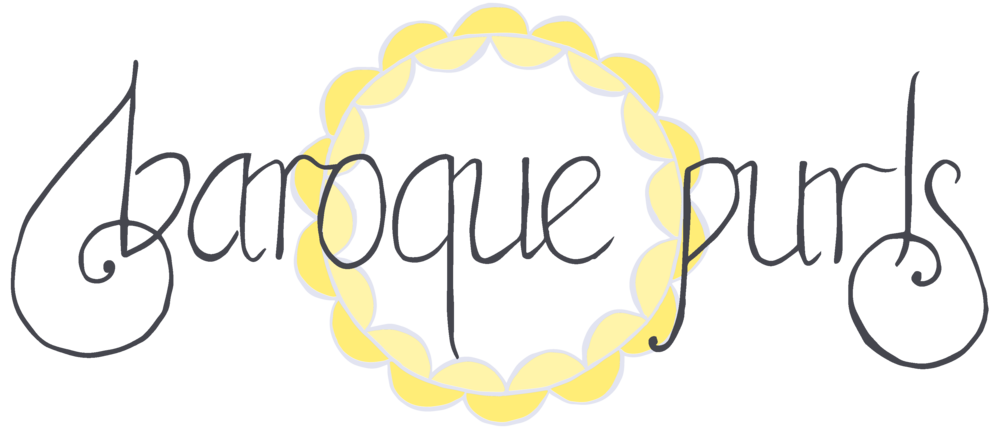Some of you may have gathered I have a bit of a thing for roses. I like to look at them, smell them, and for good measure, eat them! Rosewater and rose jam are lovely in desserts and baking, and fun to experiment with. My favourite combos are quince jam made with rosewater (recipe here), and rose jam on scones with whipped cream. :)
It was only a matter of time before I came up with a rosy knitting pattern, and in fact I've made two: the Rose Jam Hat and matching Rose Jam Mitts.

The stitch pattern is inspired by rose petals, which sometimes have a very sweet heart-shape in some old-fashioned and wild varieties. Like so:

Rosa moyesii, at Melbourne's Royal Botanic Gardens
Hat features:
all-over mini-cable texture inspired by rose petals
the petals flow smoothly out of the ribbing and up to the crown
a one-skein project (128-160 yards of worsted-weight yarn)
suitable for solid or semi-solid colourways
two adult sizes, photos show larger size
both charted and written instructions.

Mitts features:
all-over mini-cable texture inspired by rose petals
the thumb gusset emerges naturally from the stitch pattern
a one-skein project (140 yards of worsted-weight yarn)
suitable for solid or semi-solid colourways
one size, to fit 7-8" palm circumference
both charted and written instructions.

The 2-stitch cables in the hat and mitts can easily be knit without a cable needle, making these quite straightforward projects for an intermediate-level knitter. I've included a guide in each pattern based on this excellent method.
The yarn I used for my hat and mitts is the famously-squishable Malabrigo Rios, in the semi-solid colour 'Ravelry Red'.


The Rose Jam Hat and Mitts are available as separate patterns, or together.
Ravelry links:
Rose Jam Hat and Rose Jam Mitts, and the ebook Rose Jam.
LoveCrafts links:
Rose Jam Hat and Rose Jam Mitts.
--------------------------------------------------------------------------------------------
The little white flowers in some of the photos above are from Mum and Dad's Viburnum opulus, known to us as the 'Snowball Tree'. After our Rose Jam photoshoot, Dad took photos of me messing about and making the tree 'snow'. And then he made an animated gif. ;)
















